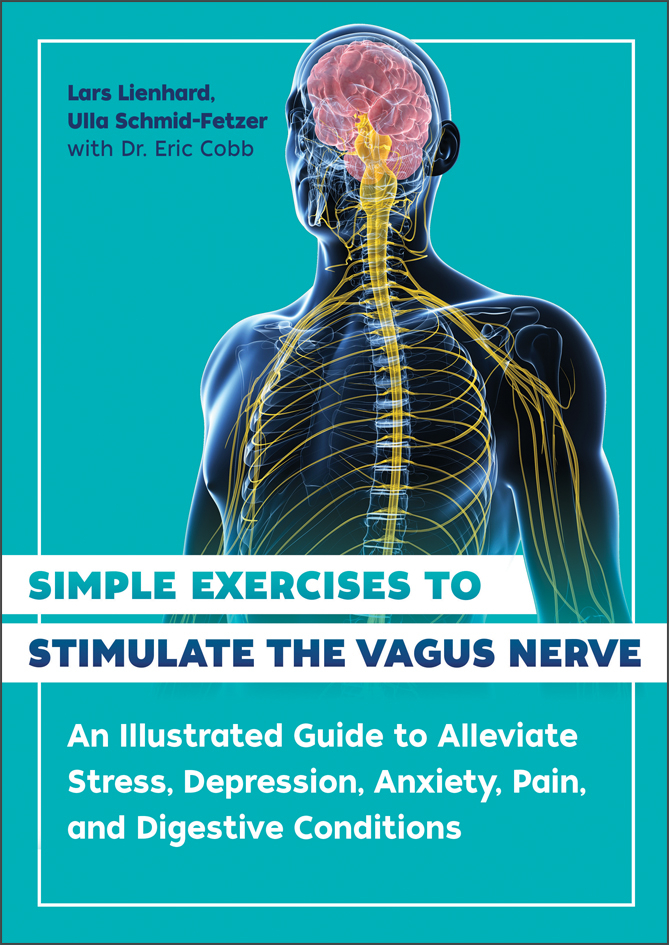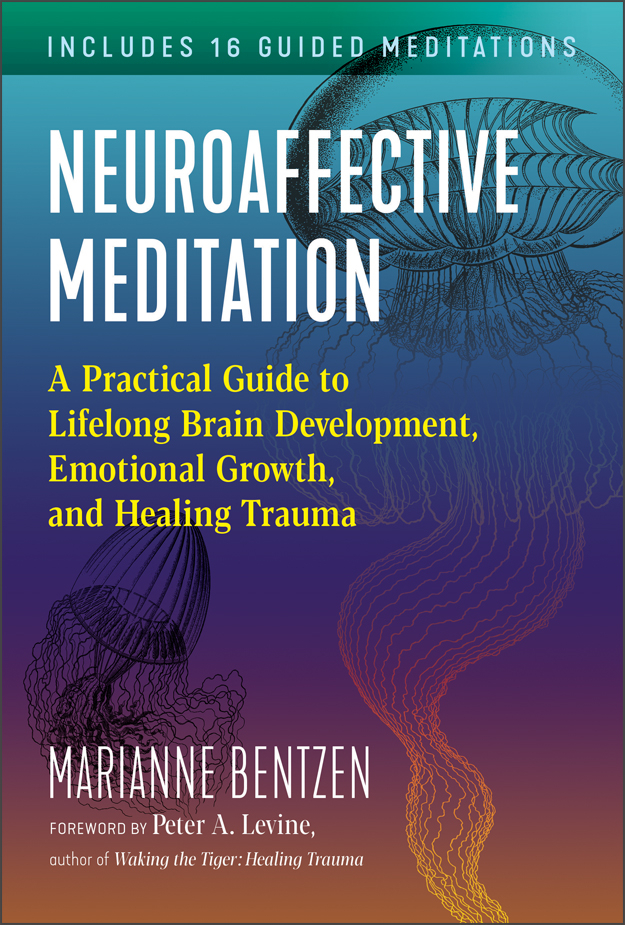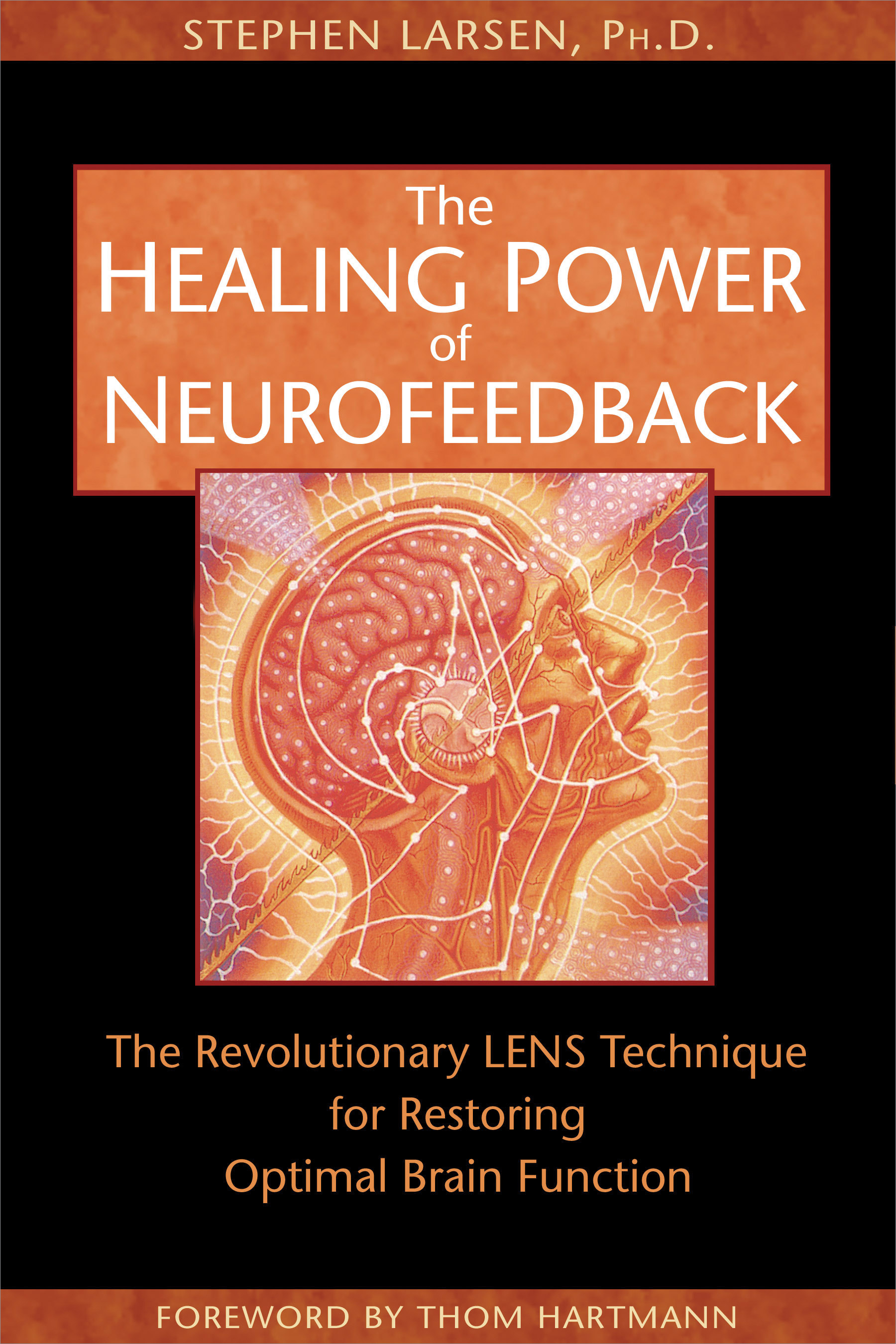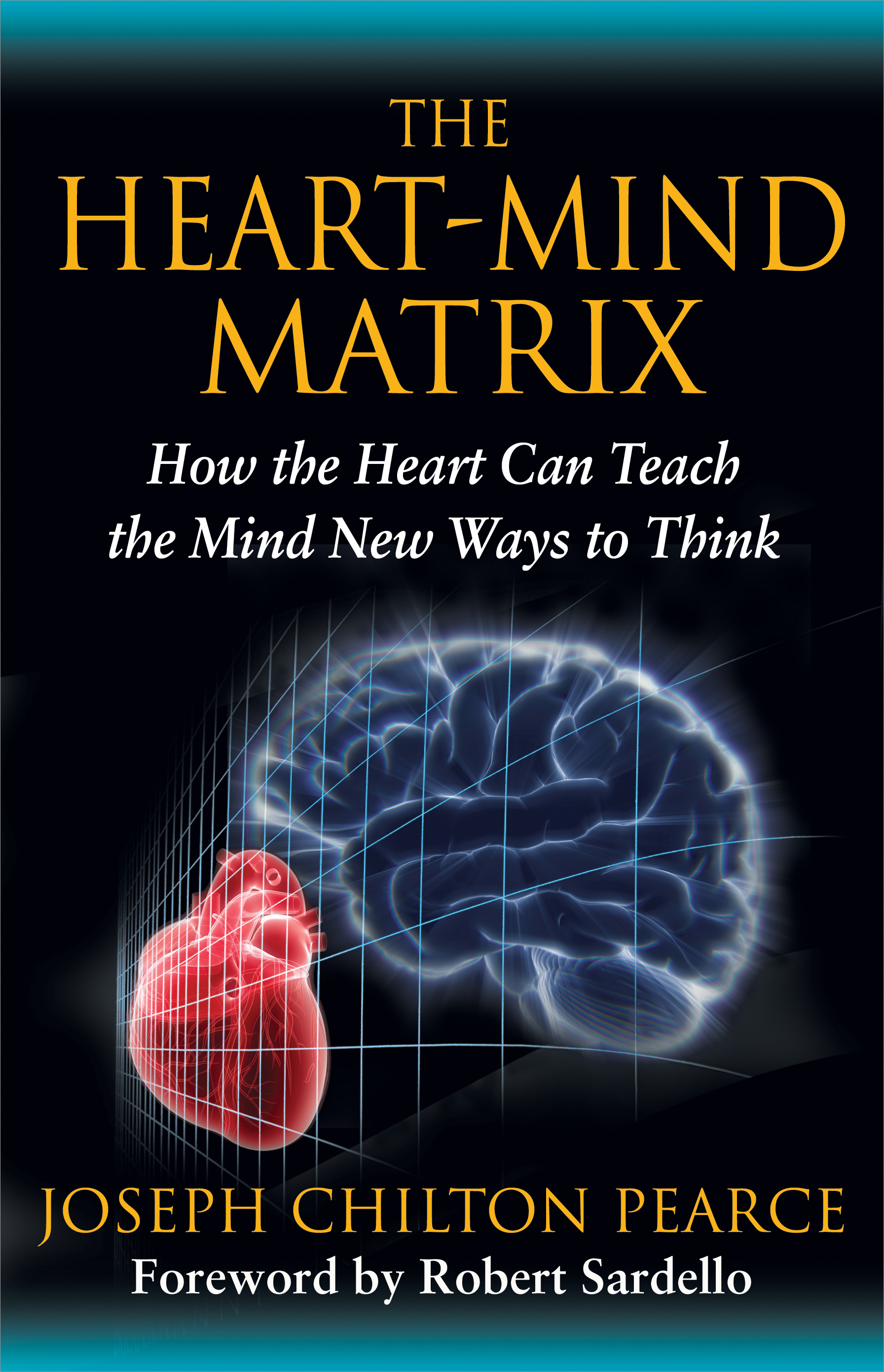Working with the Vagus Nerve
by Lars Lienhard and Ulla Schmid-Fetzer with Dr. Eric Cobb, authors of Simple Exercises to Stimulate the Vagus Nerve
Many health problems, such as digestive disorders, chronic pain, blood pressure, breathing difficulties or circulatory problems, as well as emotional manifestations like anxiety or depressive moods, often result from our inability to process and cope with the ever-increasing stimuli and demands that the modern world throws at us. The efficacy with which our system – as in, our body and our central nervous system – navigates and responds to these growing requirements is often a crucial factor in our physical, mental and emotional health. These days, our nervous system is constantly in action mode, which often comes at the expense of regeneration and recovery. However, there are things we can do ourselves to improve the situation.
For some time now, the vagus nerve and its therapeutic effects have been the focus of significant interest, especially in terms of the development of different self-treatment options. A close look at the functions and roles of this important nerve shows that its stimulation can have a direct influence on relaxation, recovery and regeneration. When it comes to regulating the nervous system, there is no doubt that activating the vagus nerve is one of the most important tools we can use.
In our book Simple Exercises to Stimulate the Vagus Nerve, we provide a basic introduction to the roles of the brain and the nervous system and how they work. Then we equip you with a variety of exercises and training programs you can do at home to support your own health and healing. Whether your aim is to alleviate chronic pain, depressive moods or digestive problems, or you simply want to feel more calm and relaxed, you will soon notice an improvement in your symptoms with regular practice of the vagus nerve exercises presented.
One part of the brain that is especially significant with respect to the network of the vagus nerve is known as the insular cortex. The insular cortex is the brain area where signals from within our bodies are coordinated with information drawn from our surroundings. The latest neuroscientific findings show that our awareness of our body’s internal processes, also known as interoception, forms the basis for our resilience and our ability to combat stress.
The concept of interoception or “interoceptive awareness,” in which the vagus nerve plays such a key role, forms the basis for the training program described in our book. The main aim of the exercises we present is to increase our interoceptive accuracy by improving the way we receive and process information, and therefore how accurately our brain is able to predict the present situation. As one of the most important transmitters of information within the interoceptive system, stimulating the vagus nerve is an essential part of improving our interoceptive input. Improving the way we process information from within the body and from our surroundings is the basis for a healthier nervous system and therefore holds the key to treating a variety of complaints and symptoms of stress.
Here’s sample exercise section to give you a sneak peek:
Upregulating the frontal lobe
If you look at how the insular cortex communicates with other parts of the brain, you will see that a significant quantity of information is exchanged between the frontal lobe and the insular cortex. One of the most important roles of the frontal lobe is to control or suppress unwanted impulses. The brain has to respond to incoming stimuli and give permission to the body to perform or prevent an action: a ‘go signal’ from the brain performs an action, while a ‘no-go signal’ stops it.
Go and no-go signals are processed in specific areas of the frontal lobe. If the no-go signal is missing or arrives too late, the unsuppressed impulses trigger inappropriate and disproportionate reactions. This results in your brain using old solution strategies and behavior patterns, which are often unable to adequately solve the situation. Whether you have difficulties turning down that delicious piece of cake, even when you’re no longer hungry, or breaking a spiral of unhealthy thoughts – any form of behavior change relies on the ‘no-go signal’ and needs it to be triggered quickly, before the brain just goes into autopilot and does what it usually does.
Exercises that strengthen and train the frontal lobe are particularly effective when it comes to improving your ability to respond adequately to impulses. The exercises below stimulate the relevant areas of the frontal lobe and allow you to process stimuli related to your interoceptive awareness, such as feelings of hunger or thirst, in a more differentiated, more appropriate and more effective way, giving you more control over your impulses.
Saccades – quick horizontal eye movements
One simple and easy way to activate the frontal lobe and the posterior section of the insular cortex is to do horizontal eye movements called saccades. The initiation and neuronal organization of this movement takes place in the frontal fields of the eye, which are part of the frontal lobe and are in close proximity to the area that is jointly responsible for our ability to inhibit impulses.
Because they are often supplied by the same blood vessels, parts of the brain that are close to one another each have an impact on the other’s activity levels. If you activate the frontal fields of the eye by jumping between different visual targets, you stimulate and increase the blood supply to the part of the frontal lobe that is responsible for suppressing impulses. Stopping the movement of the eye when it lands on the visual target is coordinated by the opposite cerebellum. This reports the precision of the eye movements directly to the frontal lobe, prompting it to optimize the movements if necessary. This communication forces the frontal lobe to work harder, meaning that it is activated both directly by triggering the eye movements and indirectly by stopping the eyes on the target.
The posterior section of the insular cortex in particular is stimulated by the movement of the eyes. Increasing the activity level of the posterior section of the insular cortex helps you to reduce stress and regulate pain more effectively.
- Stand up straight with your feet hip-width apart. Lengthen your spine but keep it nice and relaxed. Allow your breath to flow smoothly and evenly. Lift your arms up to eye height, without bending your elbows and with your thumbs pointing to the ceiling. Focus both eyes on your right thumb.
- For a duration of 30 to 90 seconds, switch your focus to and fro between your right and left thumb. Make sure that your head stays still.
Anti-saccades – a special type of eye movement
Probably the most effective eye exercises for activating the exact region of the frontal lobe that suppresses impulses are what we call anti-saccades. This exercise is about suppressing an impulse generated by a visual stimulus and instead performing the opposite action. As you have already seen, every time you are forced to suppress an impulse – i.e., control your response to a stimulus – your frontal lobe becomes more active. The visual system is designed in such a way that your eyes reflexively jump to an object as soon as you notice a conspicuous movement in your peripheral vision. This allows you to identify what the object is and whether or not it poses a threat. This exercise requires you to suppress your natural and deeply ingrained instinct to look at the visual stimulus.
So, you receive a visual stimulus, suppress your natural response to it and instead move your focus away from the stimulus. This special type of eye movement intensely activates areas of the brain that are involved in impulse control. The exercise also requires a lot more focus and attention than the saccades and thus also activates the anterior section of your insular cortex. Anti-saccades are therefore a useful and effective means of activating this important part of the insular cortex, which has a positive impact on your emotional regulation.
All you need for this fun and extremely effective exercise is a training partner.
- Stand up straight with your feet hip-width apart. Lengthen your spine but keep it nice and relaxed. Allow your breath to flow smoothly and evenly. Have your training partner stand about five feet away from you with their arms outstretched at eye height. First, rest your gaze on your partner’s forehead or, depending on how tall they are, their chin.
- Your training partner will now begin to make a rocking or waving motion with their index and middle fingers on one hand, which you should only notice in your peripheral vision, as your focus is still on their forehead or chin.
- As soon as you notice the finger movement, switch your focus away from the moving fingers to your training partner’s other hand.
- From there, return your gaze to your partner’s forehead or chin. Carry out this exercise for 60 to 90 seconds. It’s important that your training partner keeps switching hands in an unpredictable sequence. This ensures you have to stay focused the whole time you’re doing the eye exercise.
 |
 |
 |
 |
 |



